Babies' first food around the world
Babies in different countries are nourished by different kinds of food. Are you keen to know?
In icy Alaska, Inuit babies traditionally live in one of the world’s most inhospitable locations. The reason they thrive in the extreme cold is a nourishing diet of seal blubber, known as nuk-tuk, and seaweed, as well as roots, berries and vegetables when they are available.
The food most often offered to babies in a Western diet is fortified rice cereal, a far cry from fatty nuk-tuk. While rice cereal is considered ideal for babies because of its blandness, baby food doesn’t always have to be flavourless. “From our first year of life, human tastes are astonishingly perse,” writes Bee Wilson in her book First Bite: How We Learn To Eat.
With no intrinsic knowledge of what makes good and bad food, Wilson says that as babies we learn from our parents how food should taste, whether it’s premasticated rice in Laos, bone marrow in Tanzania, or pureed pumpkin in Australia. As the following six first foods show, what constitutes nourishing food for babies varies widely across cultures.
Japan
 |
In Japan, children are fed with natto (fermented soya bean), which is good for the development of their gut health (photo: Tamaki Sono)
Japanese babies are fed okayo (rice porridge), tofu with tara (codfish) or shirasu (whitebait), and natto, made from fermented soybeans. A pisive dish (you either love its distinctive taste, smell and slimy texture, or hate it), natto is good for gut health and rich in vitamin K2.
India
 |
In India, porridge made from ragi, or finger millet, is considered a suitable first food for babies due to its lack of gluten.
In India, porridge made from ragi, or finger millet, is considered a suitable first food for babies due to its lack of gluten. Suji kheer, semolina cooked with milk and sometimes sugar, lightly spiced dal khichdi, and mushy vegetables with added ghee are other infant-friendly foods. After one, children eat the same food as the rest of the family. “In India children’s food is just food,” writes Wilson in First Bite. “The food of childhood is not something you ever have to outgrow.”
Nigeria
 |
A soup for baby made from ewedu, a common vegetable in Nigeria. (photo: Bob Walker)
Made from fermented maize, pap – also known as akumu and ogi – is a common first food for Nigerian babies. Although it appears to be a simple dish, making it is a labour of love, requiring a protracted process of soaking and straining that gives pap its distinctive sour taste. Other common baby foods in Nigeria include amala, made from yam or cassava flour, gbegeri, made from protein-rich beans, and a soup made from ewedu, a common vegetable in Nigeria.
France
It should come as no surprise that the French take food very seriously. French Society of Pediatrics recommends babies as young as five months be fed bouillon, or a thin vegetable soup, in a bottle mixed with milk.
 |
French Society of Pediatrics recommends baby as young as five months to be fed bouilon or a thin vegetables soup, in a bottle mixed with milk.
In order to develop their palates as they grow, young babies are exposed to many types of tastes and textures, including vegetables not normally associated with baby food like leeks, spinach and baby enpe. The ritual of eating in France is important: French children, who record the lowest incidence of childhood obesity in the world, eat four times a day, and balanced, four-course meals are the norm.
Hawaii
 |
Purree made from taro root, poi is a nutrient densed first food in Hawaii
The most popular baby food in Hawaii is poi, a puree made from the root of taro, a staple starch in Polynesian cuisine. The pale purple paste makes a nutrient-dense first food for infants: it’s a probiotic, high in calcium and iron, and rarely causes allergies.
Kenya
 |
Kenyan babies are fed with sweet potato, known locally as ngwaci
Sweet potato, known locally as ngwaci, is a favourite baby food in Kenya not only because it is delicious, but also because it is rich in vitamin A, a nutrient often deficient in Kenyan children. It is also a good source of vitamin C, fibre and B vitamins./.
( VNF/SBS Australia )
Recommended
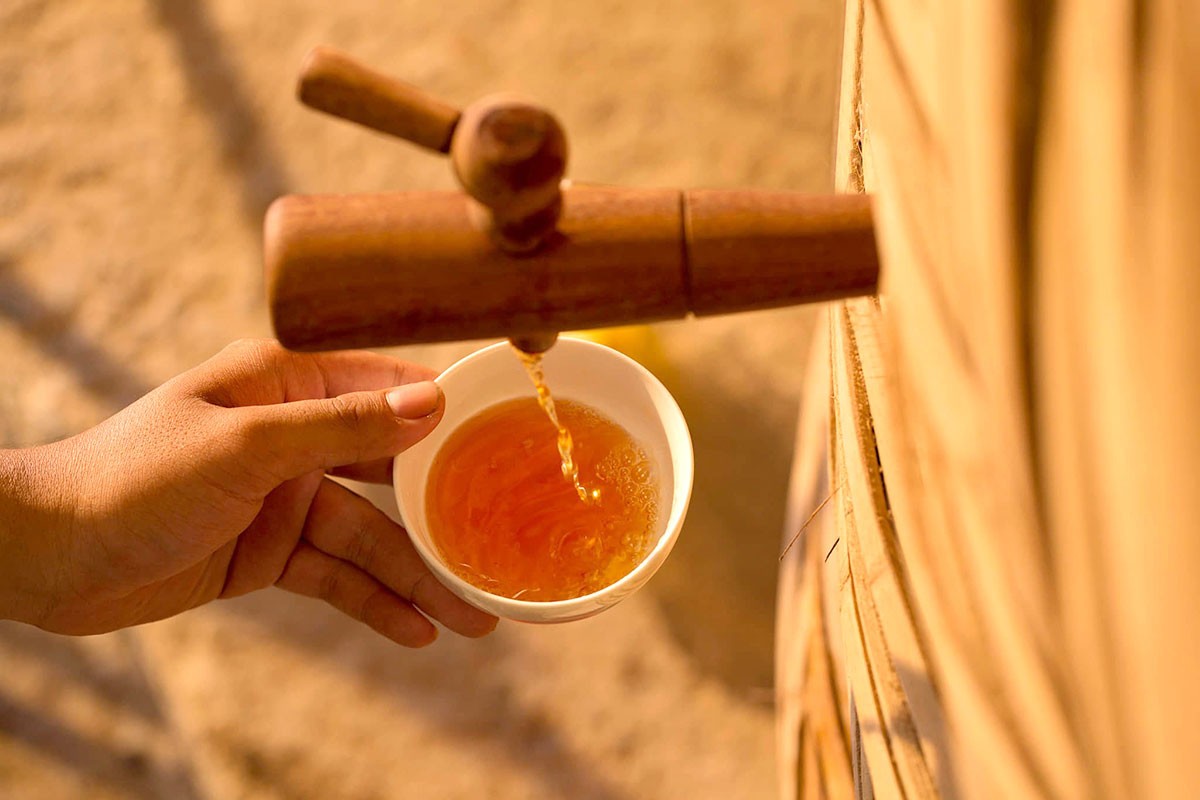 Handbook
Handbook
Vietnam's Fish Sauce Tops World's Best Dipping Sauces
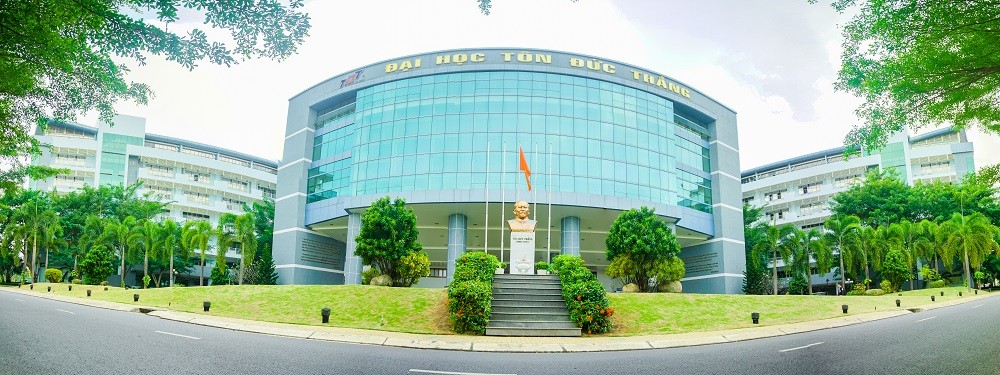 Handbook
Handbook
Four Vietnamese Universities Feature Among Asia's Top 200
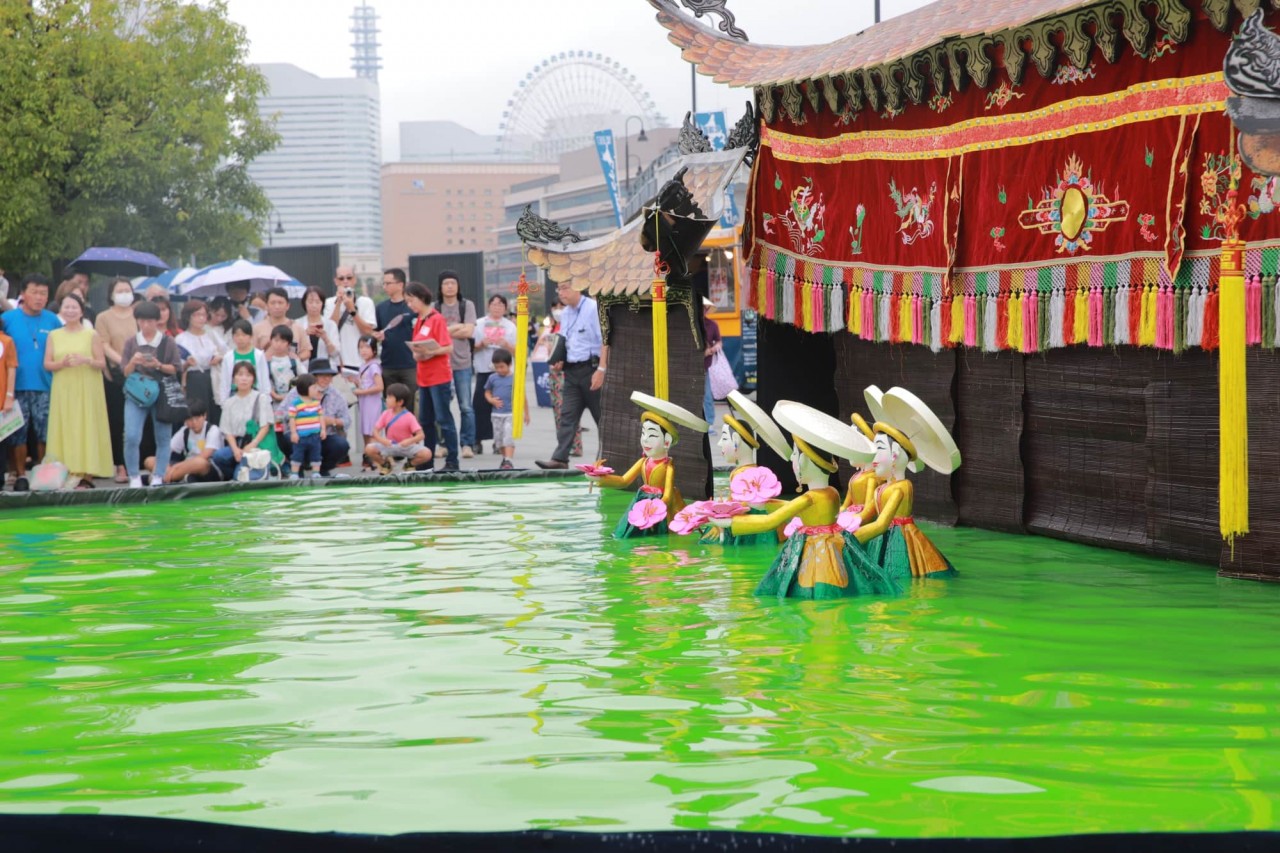 Handbook
Handbook
Water Puppet Show To Be The Highlight of Vietnam Day in Brazil
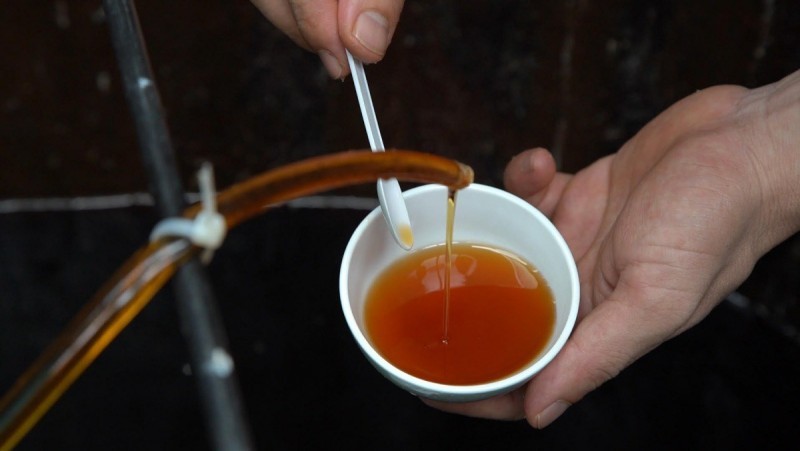 Handbook
Handbook
Taste Atlas: Vietnam’s Fish Sauce, Fermented Dish Sauce Among World’s Best Dipping Sauces
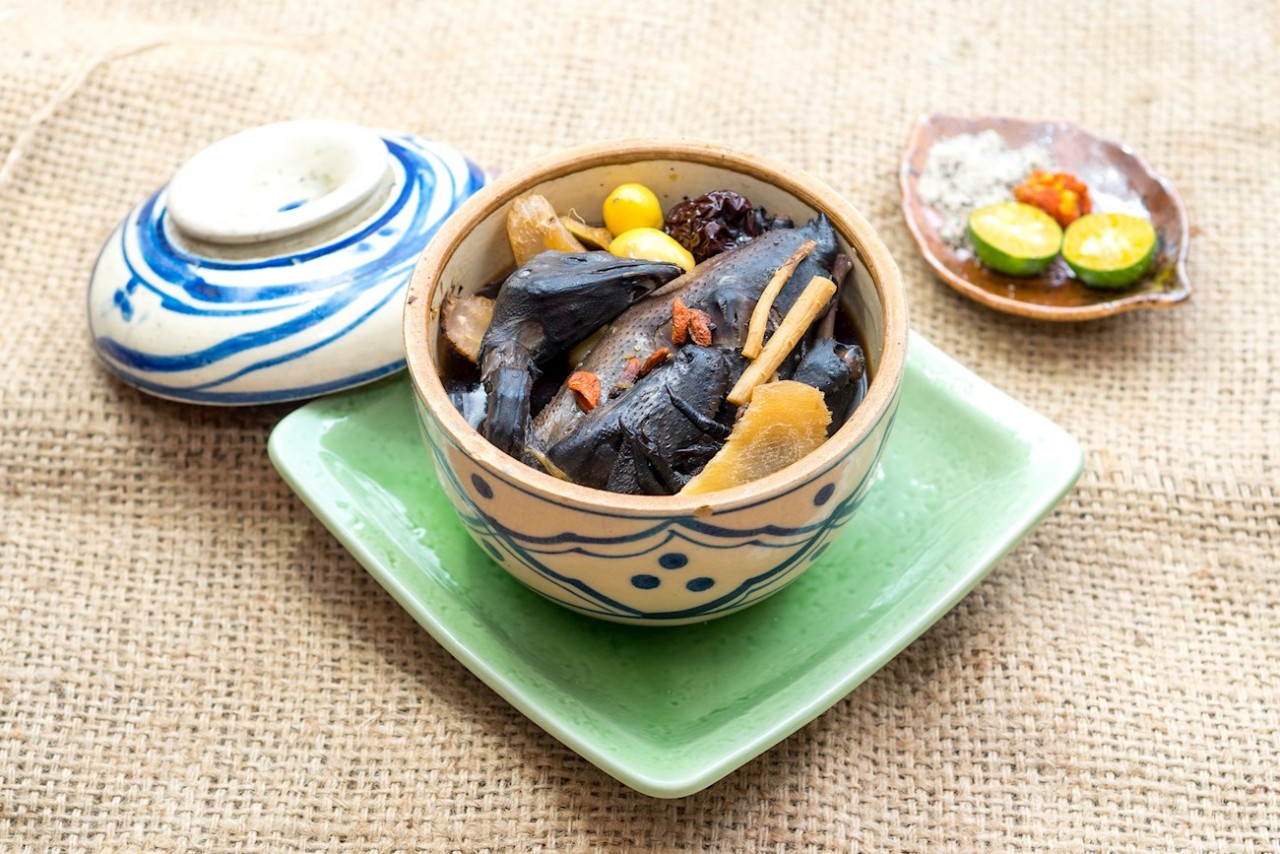 Handbook
Handbook
TasteAtlas: Four Vietnamese Dishes Among World’s 100 Best Dishes With Ginger
 Handbook
Handbook
Free Tickets to Taiwan Film Salon 2024 in Hanoi
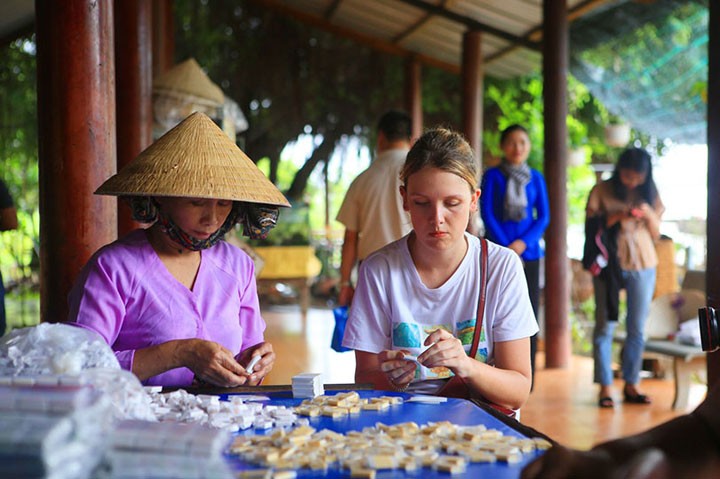 Handbook
Handbook
Ben Tre Delicacy Garners International Recognition
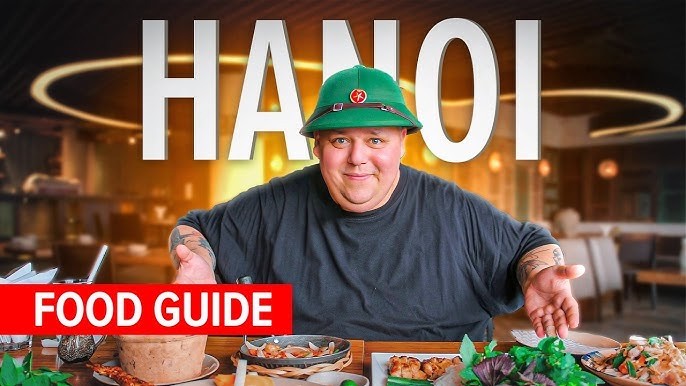 Handbook
Handbook
